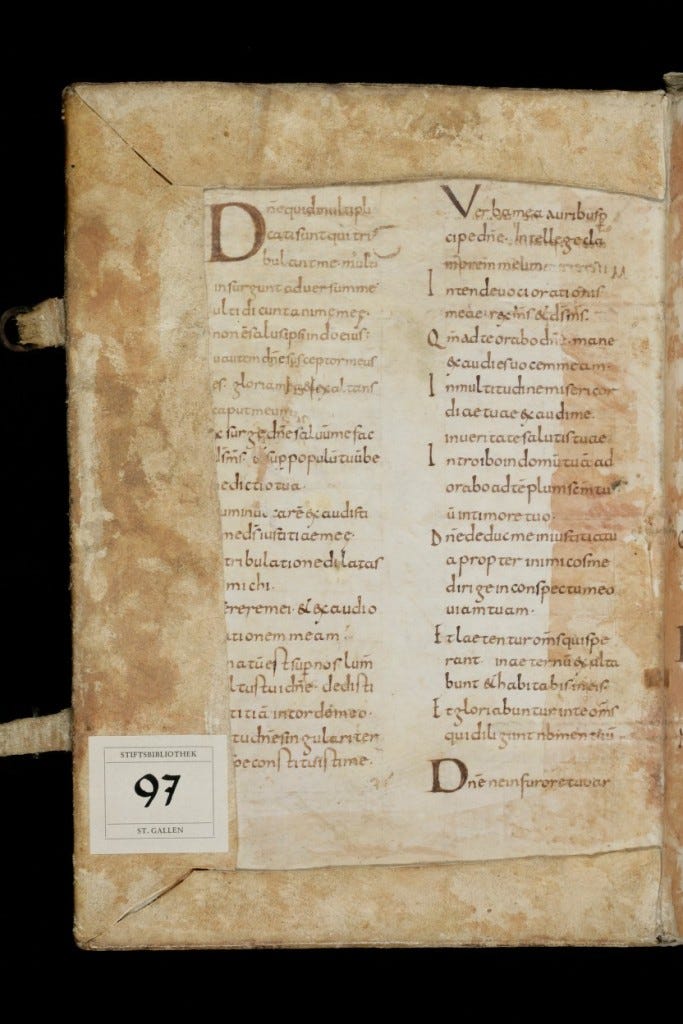The medieval art of recycling

For this weekend's rant, I considered the top 3 modes of recycling practised in the Middle Ages. One of the benefits of not having invented plastic is t…
Keep reading with a 7-day free trial
Subscribe to Biblonia to keep reading this post and get 7 days of free access to the full post archives.

